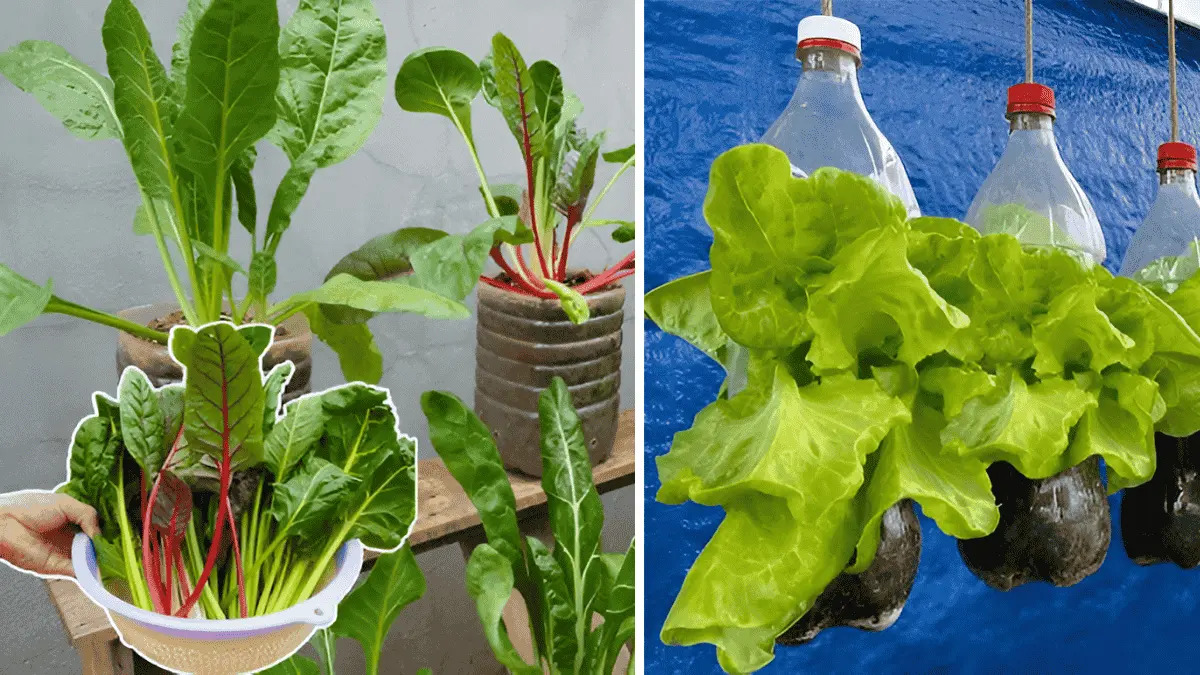If you love gardening but don’t have much space or want a more sustainable approach, growing Swiss chard in plastic bottles might be the perfect solution for you. It’s low-cost, eco-friendly, and surprisingly easy to manage even for beginners.
Swiss chard is a leafy green vegetable known for its colorful stems and nutritious leaves. It’s related to beets but grown for its foliage. With just a few tools, a couple of used plastic bottles, and a sunny window or balcony, you can grow your own fresh, tasty greens at home.
Let’s break down this simple home gardening hack step-by-step.
Why Use Plastic Bottles for Gardening?
Plastic bottles are one of the most common household waste items. Reusing them for gardening offers several benefits:
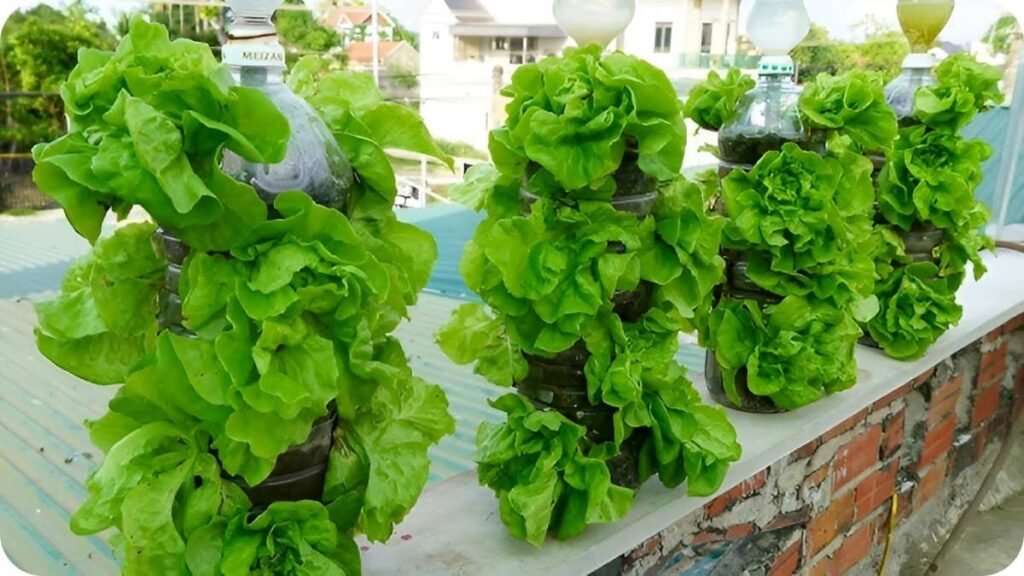
- Eco-Friendly: Reduces plastic waste by repurposing it.
- Budget-Friendly: No need to buy pots or planters.
- Compact: Perfect for small spaces like apartments or balconies.
- Customizable: You can cut, stack, or hang them based on your space.
- Portable: Lightweight and easy to move around to catch the sun.
Swiss chard is ideal for bottle gardening because it has a relatively shallow root system, doesn’t require much horizontal space, and can thrive in containers.
Materials Needed
Here’s what you’ll need before you start your bottle garden.
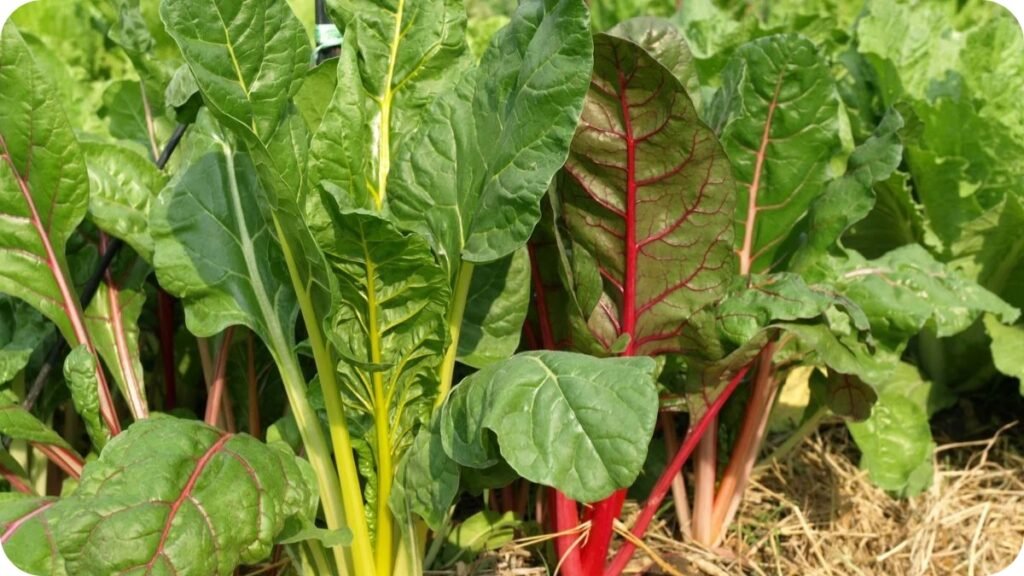
| Item | Purpose | Notes |
|---|---|---|
| Empty plastic bottles | Containers for planting | 1–2-liter bottles work best |
| Sharp scissors or knife | Cutting openings and drainage holes | Use with caution |
| Potting soil or compost mix | Growing medium | Choose a mix suitable for veggies |
| Swiss chard seeds or starts | The plants themselves | Seeds are more cost-effective |
| Watering can or spray bottle | For watering the plants | Gentle watering is ideal |
| Optional: string or hooks | For hanging bottles vertically | Space-saving option |
Make sure to clean the bottles thoroughly before use to remove any residues.
How to Prepare the Bottles
Follow these steps to turn your plastic bottles into ready-to-use garden planters:
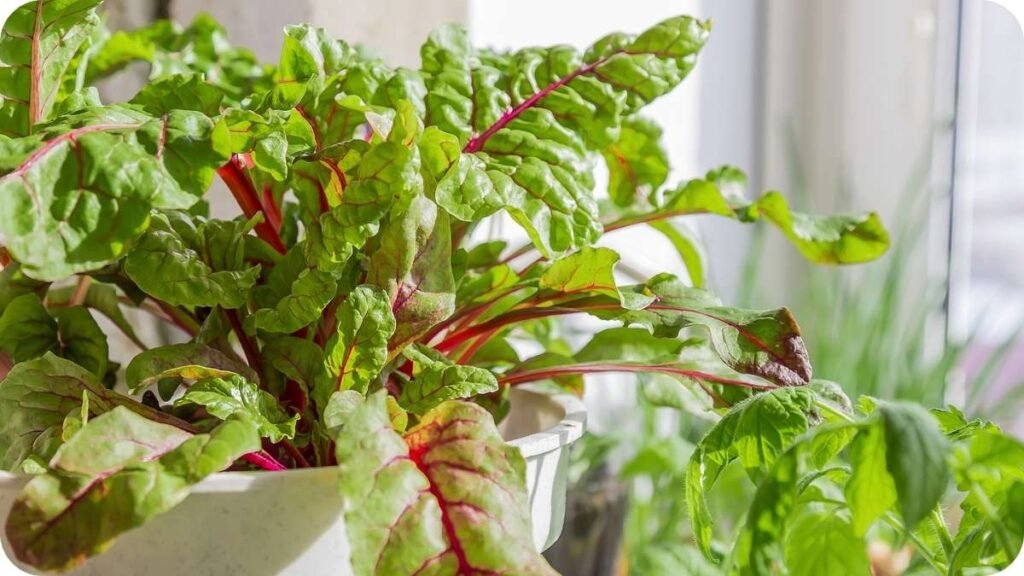
- Cut an Opening: Cut out a rectangular section along one side of the bottle to create space for planting and watering. Leave the cap on to retain soil.
- Drainage Holes: Poke several small holes in the bottom for drainage. You can use a heated nail, screwdriver, or scissors.
- Add Soil: Fill the bottle with potting mix up to about 1 inch below the cutout.
- Sow Seeds: Place 2–3 Swiss chard seeds about ½ inch deep in the soil. If using seedlings, plant one per bottle.
- Water Lightly: Use a spray bottle or watering can to moisten the soil.
- Place in Sunlight: Put the bottle in a sunny location ideally where it receives 4–6 hours of sunlight per day.
Caring for Your Swiss Chard in Bottles
Swiss chard is a relatively low-maintenance plant, but it still needs the right conditions to thrive.
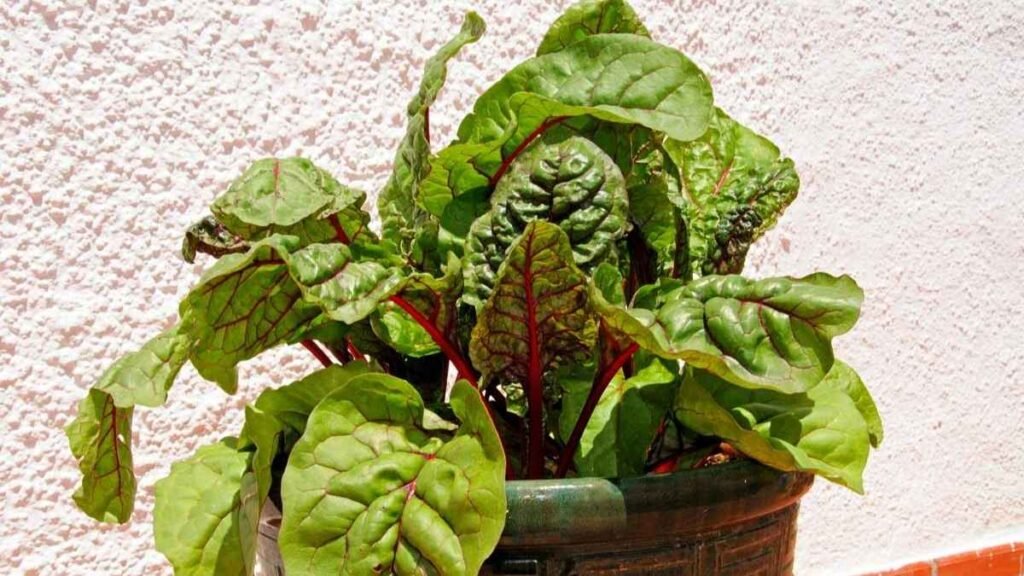
Light
Swiss chard grows best with at least 4–6 hours of direct sunlight. If indoors, a south-facing window is ideal. If outdoors, place bottles on a porch, balcony, or window ledge.
Watering
The soil should be kept consistently moist but not soggy. Since plastic bottles drain quickly and dry faster, check soil moisture daily.
| Weather Condition | Watering Frequency |
|---|---|
| Hot and dry | Every day |
| Mild and humid | Every 2–3 days |
| Rainy (if outside) | As needed |
Temperature
Swiss chard grows best in cool to moderate temperatures (between 50°F and 75°F). It can tolerate light frost but may bolt in extreme heat.
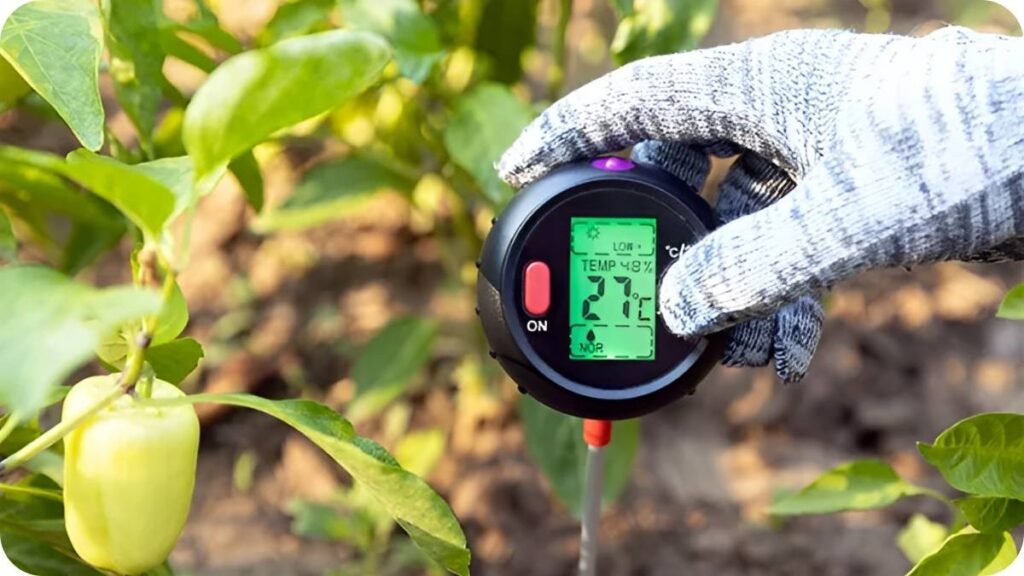
Fertilizing
To keep your chard growing strong in such a small container, apply a diluted organic liquid fertilizer every 2–3 weeks. Compost tea or seaweed extract can also be helpful.
Harvesting Your Swiss Chard
Swiss chard can be harvested continuously once it reaches about 8–10 inches tall. You don’t need to pull out the entire plant.
- Use the “cut and come again” method: trim the outer leaves first, leaving the central ones to grow.
- Harvest every week or two to encourage new growth.
- Avoid harvesting more than one-third of the plant at a time.
With this method, a single plant can keep producing for several months.
Common Problems and Fixes
Like all plants, Swiss chard may face issues in container gardening. Here are some common ones and how to fix them:
| Problem | Cause | Solution |
|---|---|---|
| Yellowing leaves | Overwatering or nutrient deficiency | Water less; use balanced fertilizer |
| Leggy or thin growth | Insufficient light | Move to sunnier spot |
| Stunted growth | Lack of nutrients or overcrowding | Fertilize; thin out seedlings |
| Pests (aphids, mites) | Warm, humid conditions | Spray with soapy water or neem solution |
| Soil drying out quickly | Small bottle size or too much sun | Water more frequently or move to shade |
Creative Variations
Want to take your bottle gardening to the next level? Try these ideas:
- Hanging Bottles: Hang them from a railing or wall using string or wire.
- Vertical Garden: Stack multiple bottles on top of each other with a drip irrigation setup.
- Painted Bottles: Decorate your planters with paint or fabric for a personal touch.
- Companion Plants: Mix herbs like basil or parsley in adjacent bottles for variety.
Timeline from Seed to Harvest
Here’s a rough idea of what to expect as your Swiss chard grows:
| Week | Stage |
|---|---|
| 1 | Seeds sprout (if sowed directly) |
| 2 | Seedlings develop first leaves |
| 3–4 | Thin out weaker plants |
| 5–6 | Rapid leaf growth begins |
| 7+ | Start harvesting outer leaves |
| 8–12 | Continue harvesting regularly |
Swiss chard can continue growing for up to 4–6 months in ideal conditions.
Final Thoughts
Growing Swiss chard in plastic bottles is an easy, affordable, and rewarding way to get fresh greens right at home. Whether you live in a city apartment or just want to experiment with vertical gardening, this method is highly adaptable. Plus, it helps reduce waste and teaches useful gardening skills.
You don’t need fancy tools or a backyard to start. Just a few bottles, some good soil, and a bit of care will give you healthy, homegrown greens in no time.
Frequently Asked Questions
Q1: Can I grow Swiss chard indoors year-round?
Yes, as long as the plant gets enough light. A sunny windowsill or grow light will keep your chard happy indoors.
Q2: How many chard plants can I grow in one bottle?
One plant per 1–2-liter bottle is best. Overcrowding can lead to poor growth and disease.
Q3: Do I need to change the soil between plantings?
Yes, it’s a good idea to replace or refresh the soil after each growing cycle to prevent disease and replenish nutrients.
Q4: What if my chard bolts (flowers too early)?
Bolting usually happens in hot weather. Remove the flowering stalk and try growing a new plant during a cooler season.
Q5: Can I reuse the plastic bottles?
Definitely. As long as they’re still sturdy and clean, you can use them for multiple growing cycles.
